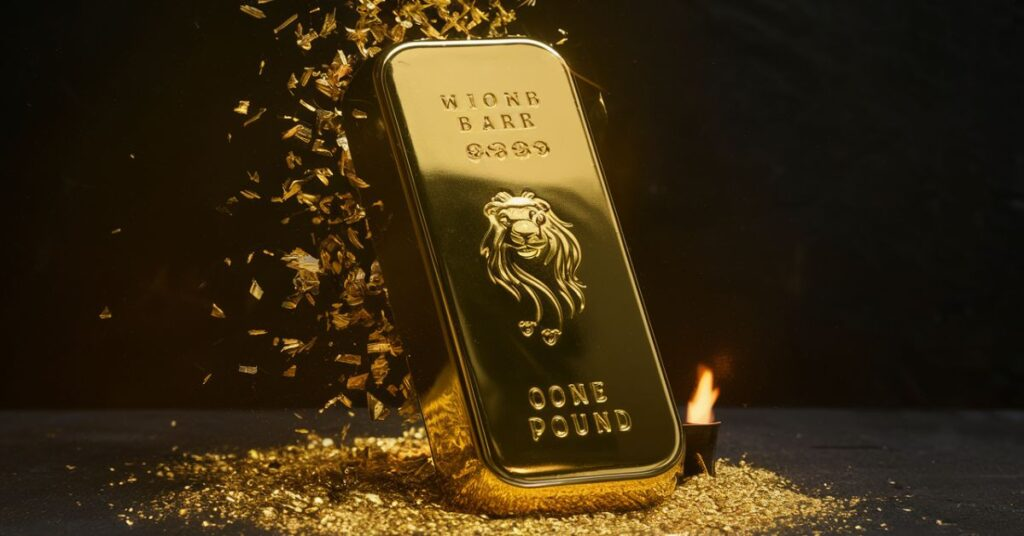Exploring the Value of Gold: A Historical Perspective and Current Trends
For years, the precious metals market has been a haven for individuals looking to diversify their investment portfolios and secure financial freedom through the purchase and sale of metals like gold and silver. Among these, gold stands out due to its unparalleled durability, impressive resistance to corrosion, and a value that has been recognized for centuries.
While today’s economies operate on paper currency rather than the gold standard, gold remains a critical asset. Prior to 1934, the U.S. government issued gold certificates, signifying that an institution held a specific amount of gold. Now, these certificates are considered collectibles. Although gold is no longer used as currency, many nations maintain reserves of physical gold to safeguard against economic crises. This practice influences the fluctuating price of gold, a precious metal that is scarce and challenging to mine. Changes in the geopolitical and economic conditions of key gold-producing countries can significantly affect its price.
The price of gold is influenced by numerous factors, causing some anxiety among investors who aim to maximize returns on their gold bars, coins, and bullion. Despite the constant price updates during market hours, gold bars and coins are still considered some of the safest investments.
If you’re new to precious metals investing or looking to understand the value of your current gold holdings, you may wonder: how much is a pound of gold worth in 2023? As of this writing, the spot price of gold is $1,853.98 per troy ounce. Since there are 12 troy ounces in a troy pound, the current spot price for a pound of gold is $22,247.76.
However, it’s essential to note that gold is usually traded in troy ounces rather than by the pound, and most vendors do not sell gold in pound increments.
Historical Gold Prices and Trends
Gold Price Trends from 2009 to 2011
In 2009, the price of gold fluctuated around $1,300 per troy ounce. By late 2011, this had surged to approximately $2,300 per troy ounce, marking a significant increase. The Producer Price Index indicated a 101.1% rise in gold prices from 2008 to 2012, driven by the 2008 recession and the declining value of the U.S. dollar. This economic turmoil led many investors to turn to gold for financial security.
Historically, gold prices have tended to rise during economic crises as individuals and institutions seek to protect their wealth, whereas in stable economic times, gold prices typically trend downward as investors pursue more speculative opportunities.
Gold Prices from 2012 to 2013
After peaking in late 2011, gold prices stabilized in 2012, maintaining a steady value around $2,100 per troy ounce due to continued low interest rates and strong demand. However, 2013 saw a dramatic drop in gold prices as inflation decreased and long-term interest rates rose. This shift reduced the incentive for investors to hold gold, leading to a significant decline in its value.
The decrease in gold prices during this period can be attributed to several factors, including reduced inflation and increased interest rates, which typically prompt investors to sell gold and increase its market supply, driving down prices.
Gold Spot Price from 2013 to 2019
Between 2013 and 2015, gold prices continued to decline, reaching their lowest point since 2010. This drop was due to rising federal interest rates and reduced demand for gold coins, bars, and jewelry. However, from 2018 onwards, gold prices began to rise again, with significant gains in 2019 driven by economic changes and geopolitical tensions, pushing the price over $1,300 per troy ounce by mid-year.
Gold Prices from 2020 to 2023
Economic challenges, such as those brought on by the COVID-19 pandemic, have historically driven up gold prices as investors seek a safe haven. By early 2020, the price of gold was around $1,800 per troy ounce. Although the price has since decreased, experts predict a potential rise by mid-to-late 2023.
Gold Compared to Other Investments
When evaluating gold alongside other assets, several comparisons can be made:
- Stocks: Generally, there is an inverse relationship between the stock market and gold prices. When stock prices are up, gold prices tend to decrease.
- Bonds: Bonds and gold are both seen as safe investments, with a positive correlation in terms of price. However, gold prices typically move inversely to bond yields.
- Real Estate: Gold and real estate do not show a significant correlation, as they respond to different economic factors.
- Cryptocurrency: While some compare the value of cryptocurrency to gold, gold is generally seen as a more reliable hedge against inflation due to its longer history and stability.
Gold as a Hedge Against Inflation
Gold is often viewed as a hedge against inflation, although this is not always the case. For instance, during the early 1980s recession under President Ronald Reagan, tax cuts provided financial security, leading to low demand for gold despite high inflation. Thus, it’s crucial to consider the broader economic context when assessing gold’s value as an investment.
If you’re interested in investing in gold, consider purchasing gold through reputable sources like the Oxford Gold Group, which can deliver gold directly to your home. For more information, call (833) 600-GOLD or contact us today.

Leave a Reply